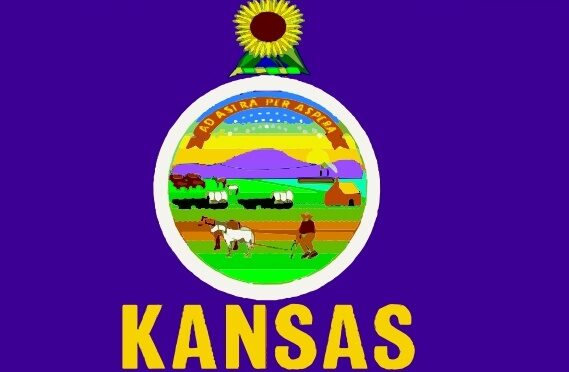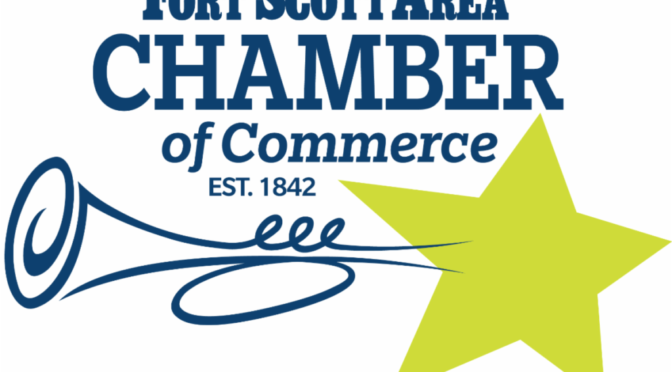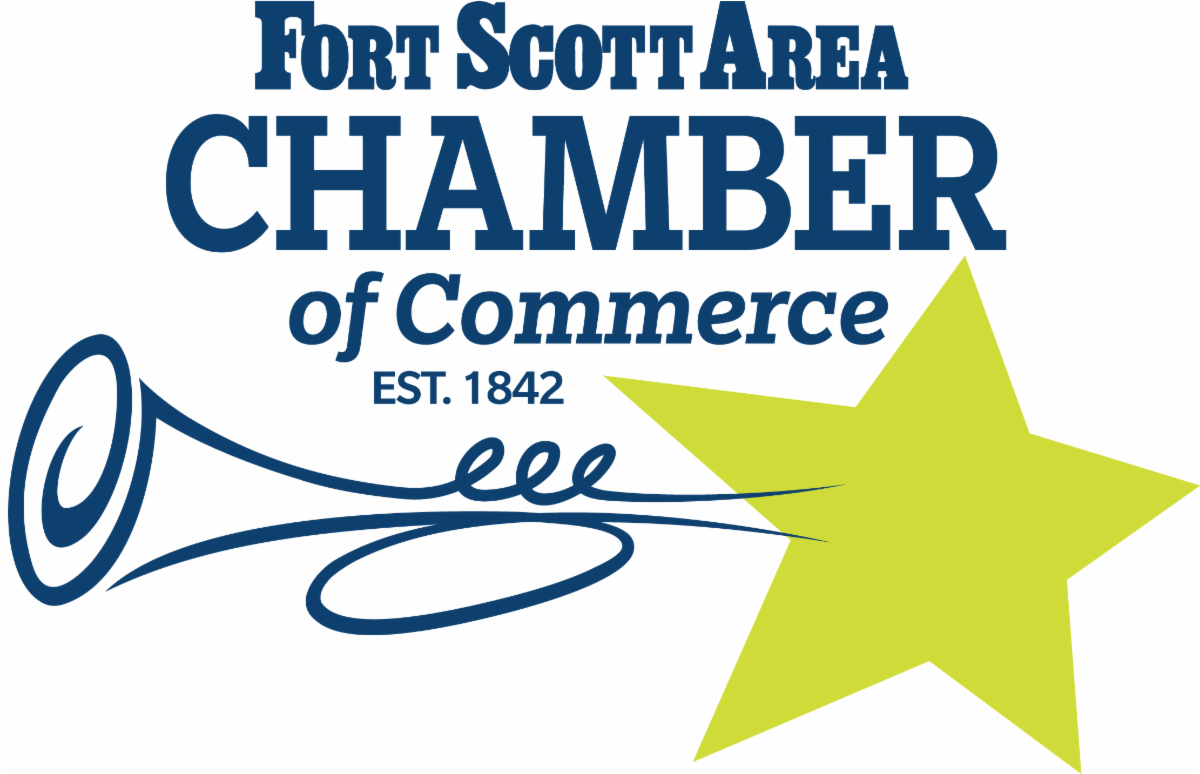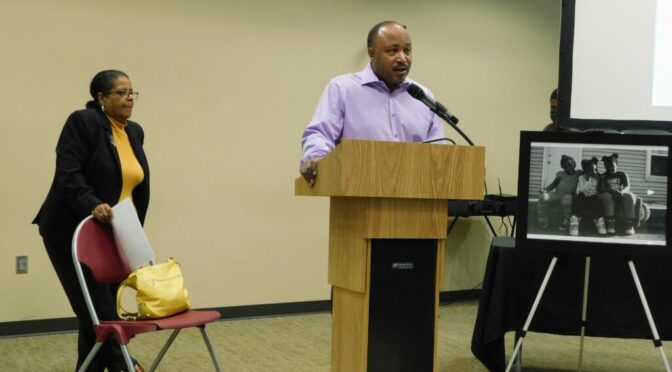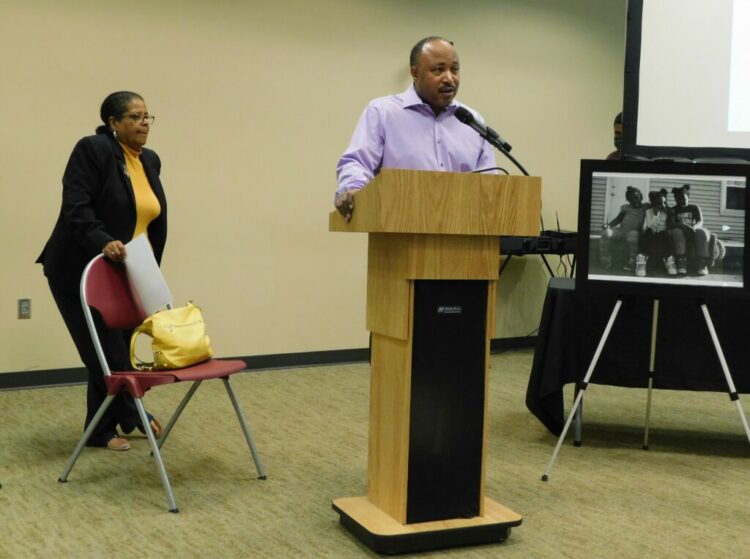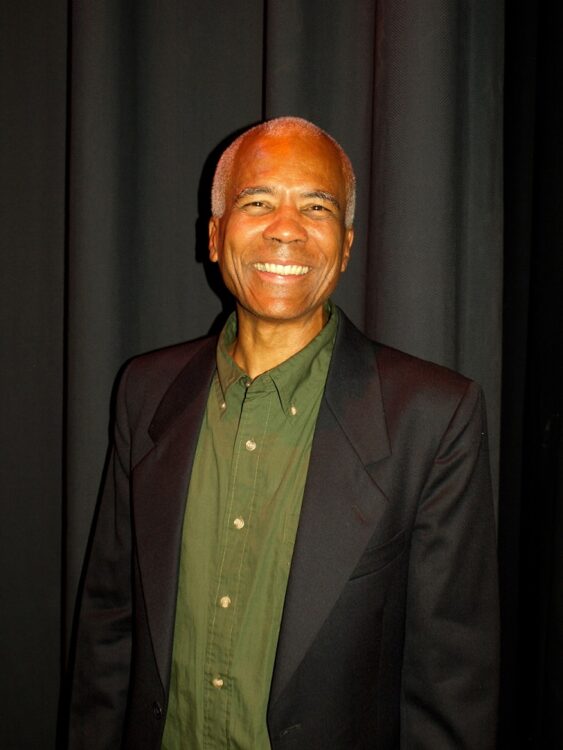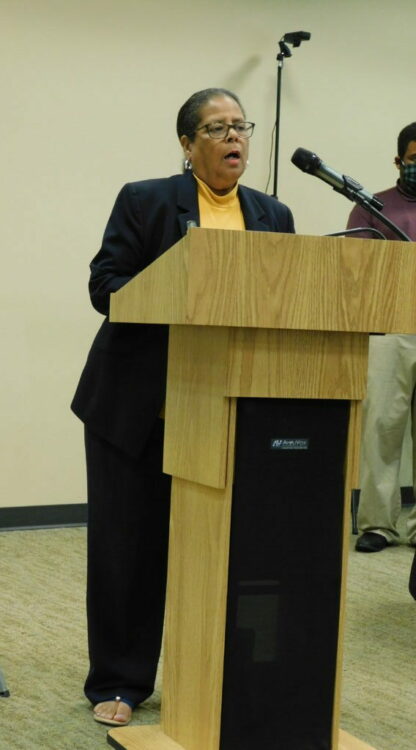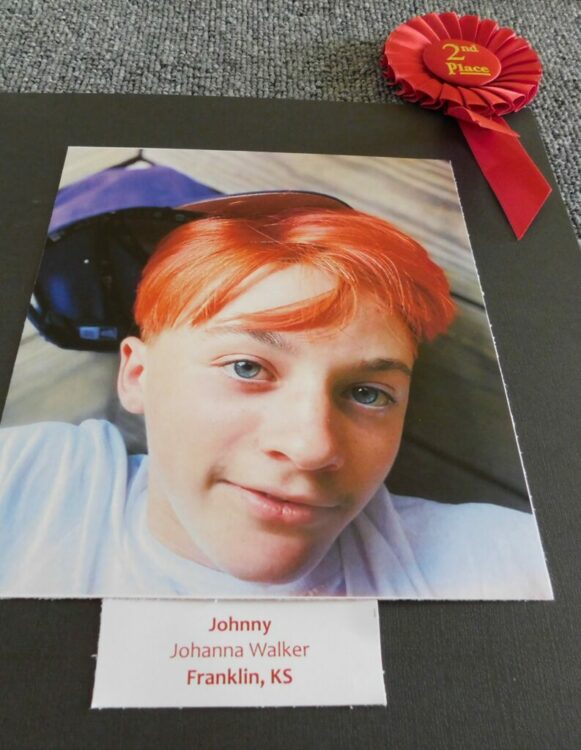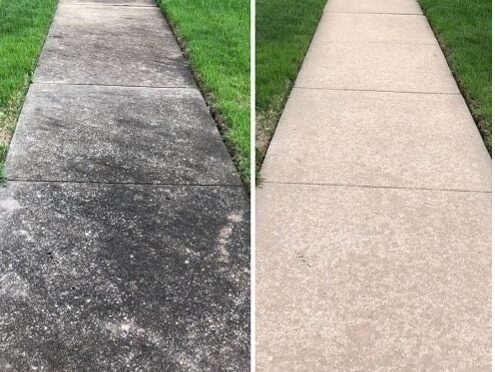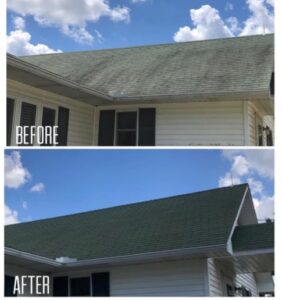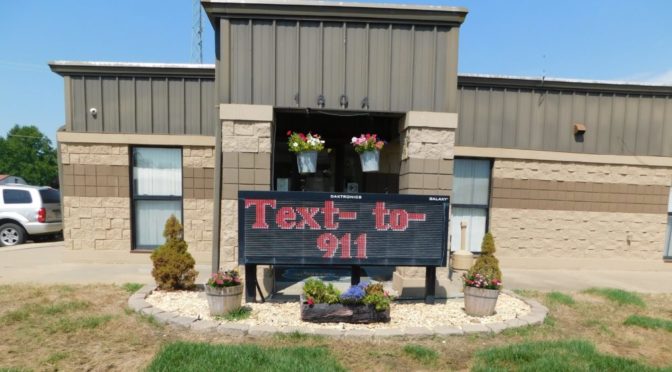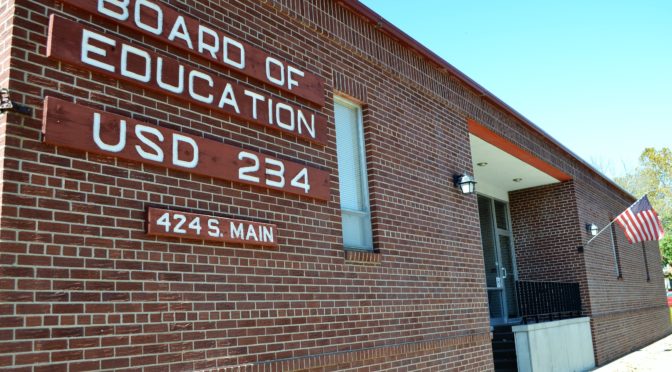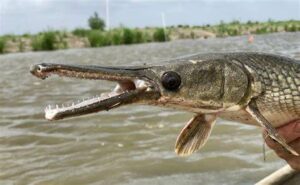
On Monday, October 11, at the USD 234 School Board meeting the USD 234 School Board adopted gaiting criteria and a Test to Stay and Learn addendum to the current Operations Guidelines for the 2021-2022 school year that will begin on October 18, 2021.
The gaiting criteria adopted would allow the district to go mask optional if the criteria adopted is met.
The gaiting criteria consists of two areas, the first being the monitoring of new COVID-19 cases in Bourbon County. The threshold of less than 30 new cases in a week in Bourbon County will be the guideline.
A COVID-19 positivity rate of less than 2% for a specific school building will be the guideline for each building.
If these two criteria are met, this would allow the school buildings to be mask optional.
Mask optional would mean the parents/guardians can decide if their child should wear a mask at school.
If the numbers go above the 30 new cases in a week and if there is a COVID-19 positivity rate above 2% for a particular building, the district or specific building would go back to masks being required.
These gaiting criteria will take effect on Monday, October 18, 2021. The district will monitor county cases on a weekly basis and the building COVID-19 positivity rate will be monitored daily.
The district will communicate on the Friday before whether a building or the district is able to be mask optional depending on the adopted criteria for the upcoming week.
The USD 234 School Board also adopted a new mitigation protocol called the Test to Stay and Learn Modified Quarantine.
This modified quarantine will include rapid antigen testing for identified school high-risk (not wearing a mask or not vaccinated or has not had COVID-19 in the last 6-months) or household close contacts where parents/guardians will give consent to have their student tested for COVID-19 daily.
If they test negative, they will be allowed to attend in-person during their quarantine period but will be required to wear a mask while at school.
The rapid antigen test is a nasal swab and will only be performed with parent/guardian consent.
If the high-risk or household contact does not opt-in to the Test to Stay and Learn Modified Quarantine, they will need to stay home during their quarantine.
USD 234 has received a grant from the Kansas Department of Health & Environment (KDHE) and will partner with Community Health Center (CHC) to implement the testing program. The logistics of this testing program are being developed and more information will be released before testing becomes available. It is going to take some time for CHC to hire the staff to implement the testing and to set up the logistics of the testing.
Masks will still be required on school transportation no matter the gaiting criteria. This is a federal mandate school districts are required to follow.
USD 234 recommends that students have a mask with them at all times in case a cluster breaks out in a building and masking needs to be implemented immediately.
Low-risk close contacts, those who are wearing a mask or are vaccinated or have had COVID-19 in the past 6-months, will not be expected to quarantine from school unless they have COVID-19 symptoms.
Click on the link below to see the updated Operations Guidelines:
Click on the link below to see the Test to Stay and Learn Modified Quarantine addendum:
USD 234 Test to Stay and Learn Modified Quarantine
Click on the link below to see an infographic about the Test to Stay and Learn Modified Quarantine:
USD 234 Test to Stay and Learn Modified Quarantine Infographic

